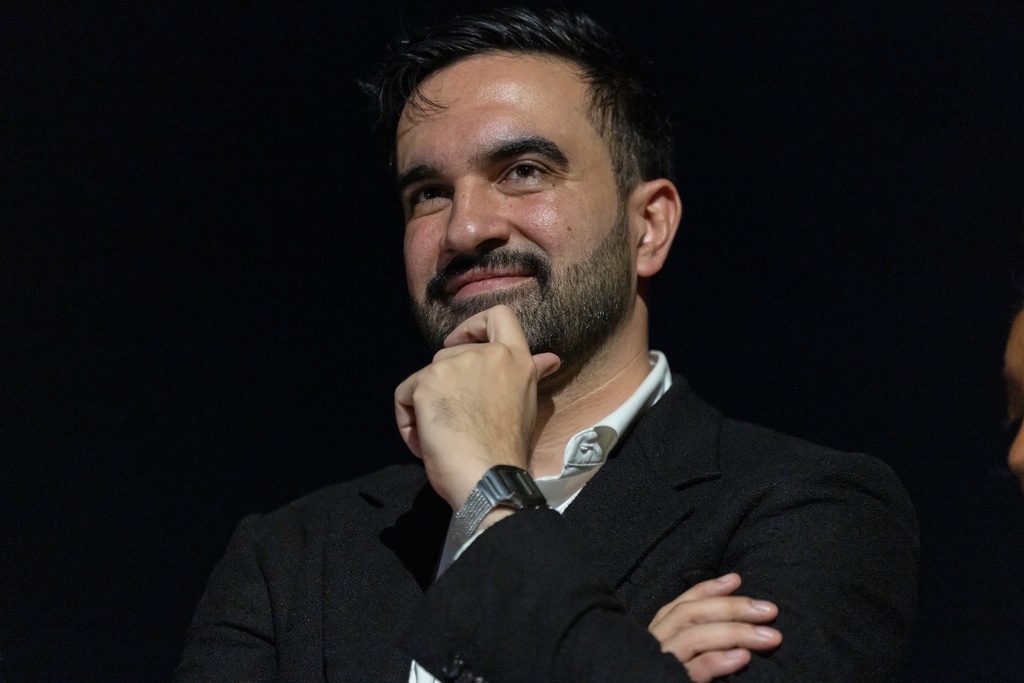John and Martha Pistacchi are on their 54th year of marriage.
Their love is sweet. They live in the present moment. Their motto: if not today, when?
"Like, how can you be with someone that long? But it seems like it's two years ago. It's crazy." said Martha Pistacchi. "He's probably the kindest, sweetest man that ever walked the face of the Earth."
But walking the Earth would turn out to become a challenge. Doctors diagnosed John with Parkinson’s in 2014.
There’s no cure. The illness doesn’t shorten how long a patient lives. But it can greatly impact their quality of life.
"It's a hard thing to hear. But at the same time, it's, you know, the doctor assured me that it was a long, long-term disease," said John Pistacchi.
So the couple got to work. They looked for ways to combat John’s Parkinson’s symptoms as the illness progressed.
He relies on medicine and therapies, but also devices. He’s made a toolbox of sorts, so he could punch back at his symptoms.
For rigidity in his torso and a softer voice, he’s been taking Rock Steady classes, a national boxing program for Parkinson’s patients.
"You can see the proof of concept because he looks great. He's really quick on the mitts. His gait looks great,"
John’s most frustrating symptom — freezing gate. Its common among Parkinson’s patients. He describes it as being glued to the floor.
"I was a fly fishing and down this trail that I'd gone through a million times, and all of a sudden I couldn't turn around or get back on the trail," said John. "Your mind is telling you. 'John, this is crazy.' And it's just a little log, and you've gone over this, log, 100 times. Your mind is telling you, 'this is so stupid. You can do this. You've done it' and you can't. You're just stuck."
For walking, he uses two different high-tech devices; one is a glider. The saddle-like treadmill allows him to walk with wide steps.
"One of the Parkinson's symptoms is the kind of small step where you start shuffling. The seat lifts you up so that you don't there's no weight on your feet. You're almost just barely touching the mat. And as you walk, it allows you to take really, really long strides," he said.

Scientists make key discovery in fighting brain diseases
Scientists have made a breakthrough that could make all the difference in helping treat and, one day, cure patients with neurodegenerative diseases.
The next one is a mobility aid that attaches to a walker or walking stick. It’s called a next stride. It uses a green laser and makes a ticking sound.
"I just concentrate. Tick-tock, tick-tock is another step. We're the first to embrace any technology that comes along," he said.
"It's amazing. It's made a big difference. He can go up hills now without freezing," she said.
Maria Allen has been a physical therapist for almost 40 years. The last 10 years, specializing in Parkinson's.
She uses the tool in her sessions. Both on her patients' walker, and later with the sticks.
"Just that metronome sound can be used in many, many different ways. So there are flexible cues that work in therapy and then transition into home, right? So being able to use it in both environments is important," Allen said.
"In a patient who does not have Parkinson's, movement is just an automatic messaging between the brain and the body. You don't have to think about reaching right or left or stepping forward with your left or right foot. In a Parkinson's brain, it's different. There is a specific natural pathway in the brain that's getting damaged or disconnected."
Sidney Collin is the start-up founder and biomedical engineer behind the tech.
She explains the sound and visual activates the part of the brain that is in charge of goal-oriented movement, instead of the automatic part.
"If I lift my arm up versus I say I'm going to reach for that thing. It's the exact same movement in my arm, but it's a totally different part of the brain that's being activated in order to initiate that movement," Collin said. "That's essentially what we're doing, right? We're tricking the brain."
John Pistacchi took Scripps News to his favorite path to see how his hacks pay off.
In front of us was a pedestrian bridge with a steep incline. He started the tick-tock sound and took a step — and another. No freezing gate. No short shuffles.
It could have been the misty weather or our heavy camera gear, but we had to work to keep up with him.
At that point, we realized why he had gotten his nickname "fast Johnny."











